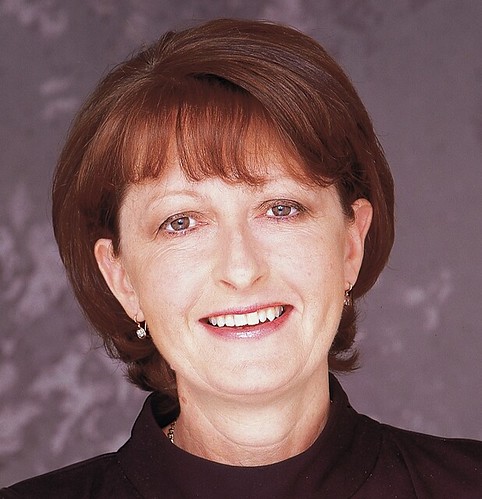Karen, 25, had been on Yasmin for years without problems but now had three weeks of spotting. No missed pills, pregnancy test negative, seemed like just one of those things until she told me about her 'other doctor'.
It turned out her wa of the alternative ilk, and Karen had visited him for tiredness on the recommendation of her sister.
After a blood test, she was told her DHEA level were abnormnally low, "the level of an 80 year old", and advised to take DHEA to counteract the pill and boost her energy. At no time was it mentioned that DHEA was an androgen or that it could have side effects, although interestingly she complained of worsening acne.
She was also sold a multivitamin preparation, DHEA and three other vitamin/mineral combinations, and I'm sure they didnt come cheap.
Without knowing exactly whether DHEA was a likely cause of Karen's spotting, the sensible thing to do was to stop it and see what happened. A kindly endocrinologist agreed, observing that DHEA levels were useless and taking an androgen plus an anti-androgenic pill made little sense.
It turned out her wa of the alternative ilk, and Karen had visited him for tiredness on the recommendation of her sister.
After a blood test, she was told her DHEA level were abnormnally low, "the level of an 80 year old", and advised to take DHEA to counteract the pill and boost her energy. At no time was it mentioned that DHEA was an androgen or that it could have side effects, although interestingly she complained of worsening acne.
She was also sold a multivitamin preparation, DHEA and three other vitamin/mineral combinations, and I'm sure they didnt come cheap.
Without knowing exactly whether DHEA was a likely cause of Karen's spotting, the sensible thing to do was to stop it and see what happened. A kindly endocrinologist agreed, observing that DHEA levels were useless and taking an androgen plus an anti-androgenic pill made little sense.


